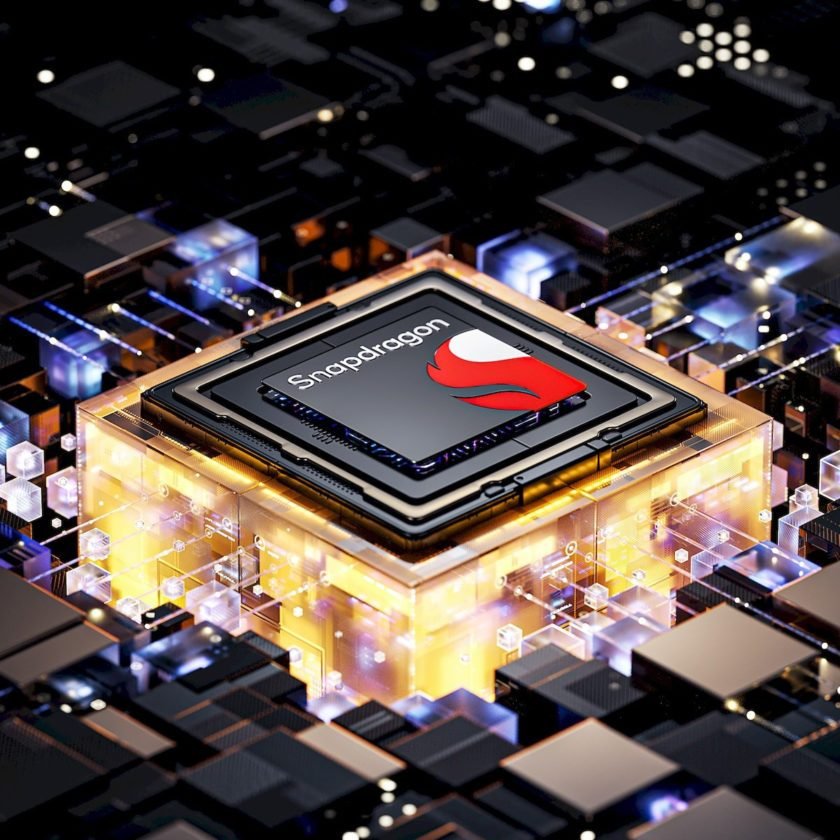The Poco X series is known for its high refresh rate displays, huge batteries that charge quickly, and reasonable processors. All of these requirements are met by the X5 series, and while the camera is rarely the main attraction, the latest Pro variant boasts a 108MP sensor. This time, a vanilla version of the phone exists as well, but we’ll get to that later.
The Xiaomi Poco X5 Pro is the follow-up to last year’s Poco X4 Pro. The chassis is the thinnest of any X-phone to date, measuring in at just 7.9mm.

The Snapdragon 778G, the 6nm chip made by TSMC with a flagship-grade Adreno 642L GPU, is the primary update of this iteration. When compared to the Snapdragon 695, which powered the X4 Pro, the new chipset is noticeably quicker across the board.
Xiaomi doubled the Pro’s storage to 128GB this year while keeping the base RAM at 6GB. If you require additional storage space and memory, you can choose the 8/256GB configuration (in either case they LPDDR4X RAM and UFS 2.2 storage). Phones come preloaded with MIUI 14, which is based on Android 12.

The screen is also a new and improved addition. AMOLED display with 1,080 x 2,400 pixels, 120 fps refresh rate, and 240 fps touch sampling rate; 6.67 inches. Nonetheless, it now renders in 10-bit color, covering the DCI-P3 color space in its entirety. Additionally, the screen is brighter than before, with a maximum of 900 nits (up from 700 nits). A 1,920-hertz pulse-width-modulation (PWM) system controls the dimmer. Gorilla Glass 5 still offers the necessary protection.
When it comes to cameras, the main module is a 108MP 1/1.52″ sensor, the other modules’ 8MP ultra wide-angle (120°) module, 2MP macro camera, and 16MP front-facing camera.

The Snapdragon 778G has a faster image signal processor (up to 2 gps) and a more robust neural processing unit (GPU) (12 TOPS). The most noticeable change is the ability to record 4K video (instead of the embarrassingly low 1080p@30fps seen on previous Pro phones). The speed with which the camera may be used has also increased; capturing a picture is now 69% quicker, and switching to night mode takes 38% less time.
Wi-Fi 6 (ax) and Bluetooth 5.2, both of which are made possible by the new chipset, provide for quicker local communication (up from Wi-Fi 5 and BT 5.1). In addition, there is a 3.5mm connector for headphones, an infrared blaster, and NFC (at least in some areas).
The phone’s 5,000 mAh battery may be recharged with the supplied 67W charger via the USB-C connection.

There are three color options for the Poco X5 Pro: blue, black, and the company’s signature yellow.

Xiaomi Poco X5
Xiaomi’s Poco X5 uses the same Snapdragon 695 CPU as the X4 Pro, but its base storage capacity has been increased from 64GB to 128GB. It matches the new Pro in having an 8/256GB variant, but it outdoes it in one key respect: it also contains a microSD slot for up to 1TB of additional storage (note this phone has a hybrid card slot). As of its first release, the “vanilla” variant of the Poco will be running the previous generation’s MIUI 13 software.

The 6.67-inch screen features Full High Definition Plus quality and 120 frames per second, much like the Pro. However, the display only supports 8 bits and is made with Gorilla Glass 3. However, the maximum brightness is much greater, hitting a peak of 1,200 nits.
Both the camera and battery are roughly on par with what one may expect from a “vanilla” Poco X4 (Xiaomi never released such a phone). It has a 48-megapixel main camera (limited to 1080p by the chipset) along with 8-megapixel ultra-wide (118°) and 2-megapixel macro lenses and a 13-megapixel front-facing camera.

The battery still has the same 5,000mAh capacity, but can only be charged at a slower 33W rate. However, a 33W adaptor is included that can charge the device from zero to one hundred percent in sixty-eight minutes.

The X5 has a 3.5mm headphone jack, an IR blaster, and (in some regions) NFC, although its wireless connectivity is older than that of the Pro (Wi-Fi 5, Bluetooth 5.1).

Prices
The base model Poco X5 with 6/128GB of storage costs $250/€250, while the variant with 8/256GB of storage costs $300/€300. While the regular pricing for both plans are $250 USD and 250 EUR, early bird discounts bring those rates down to $200 USD and 200 EUR.
Poco X5 Pro pricing ranges from $300/€300 for the base 6/128GB model to $350/€350 for the top-tier 8/256GB variant. These, too, have early bird discounts; if you act quickly, you can acquire them for $250/€250 and $300/€300, respectively, instead of the regular prices.
On February 7 (tomorrow), you may start buying an X5 or X5 Pro, though costs may vary depending on where you live. Both handsets can be purchased from a variety of retailers and are detailed below.
Next week, the Poco X5 Pro will be available in India (the rumors were right, the vanilla X5 will not be available there). The 6/128GB model is the entry-level option, and it costs ₹23,000. The 8/256GB variant will cost ₹25,000. Starting at 12 PM EST on February 13th, the initial sale will be available on Flipkart (next Monday).